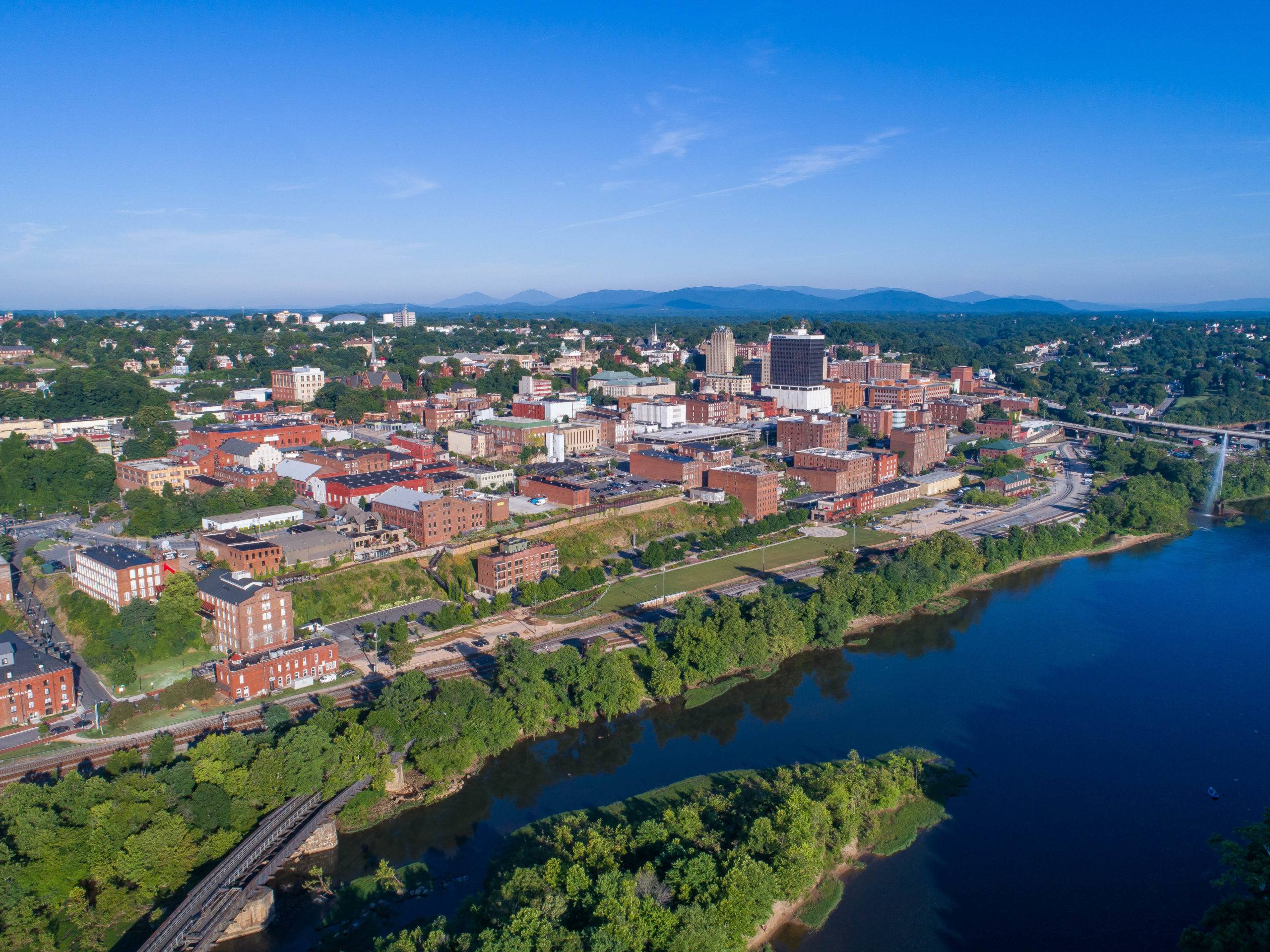
Cheapest Cities to Live in the US
If you are thinking of settle in America, I am listing the cities with lowest costs of living.
The U.S. is a country of 50 states covering a vast swath of North America, with Alaska in the northwest and Hawaii extending the nation’s presence into the Pacific Ocean. Major Atlantic Coast cities are New York, a global finance and culture center, and capital Washington, DC. Midwestern metropolis Chicago is known for influential architecture and on the west coast, Los Angeles’ Hollywood is famed for filmmaking.
When it comes to cheap living, the best places to settle down are mostly south of the Mason-Dixon line. Texas, Tennessee and Arkansas are just a few states making multiple appearances.
But if you’re thinking about relocating to one of these cheapest cities to live in, just remember to weigh the pros and cons. A low cost of living is attractive, but the allure lessens if jobs are hard to come by, paychecks are small or the town offers little to do. Plan an extended visit to ensure the city fits your needs.
Springfield, Missouri

- Cost of living: 12.2% below U.S. average
- City population: 168,113
- Median household income: $33,879
- Median home value: $120,800
- Unemployment rate: 5.9%
Springfield, also known as the “Queen City of the Ozarks” and the “Birthplace of Route 66,” sports an overall cost of living that is more than 12% below the national average.
Housing-related costs, which are 30% less than what the average American pays, make up the lion’s share of residents’ savings. Apartment rents are about 22% cheaper and average home prices are a little more than half the national level. Springfielders enjoy savings on groceries, transportation and utilities, too.
Springfield might not be the biggest city in Missouri, but it’s certainly not lacking for culture. The Springfield Opera, Springfield Ballet and Springfield Symphony are just some of the city’s offerings. It’s also home to Missouri State University.
Lynchburg, Virginia
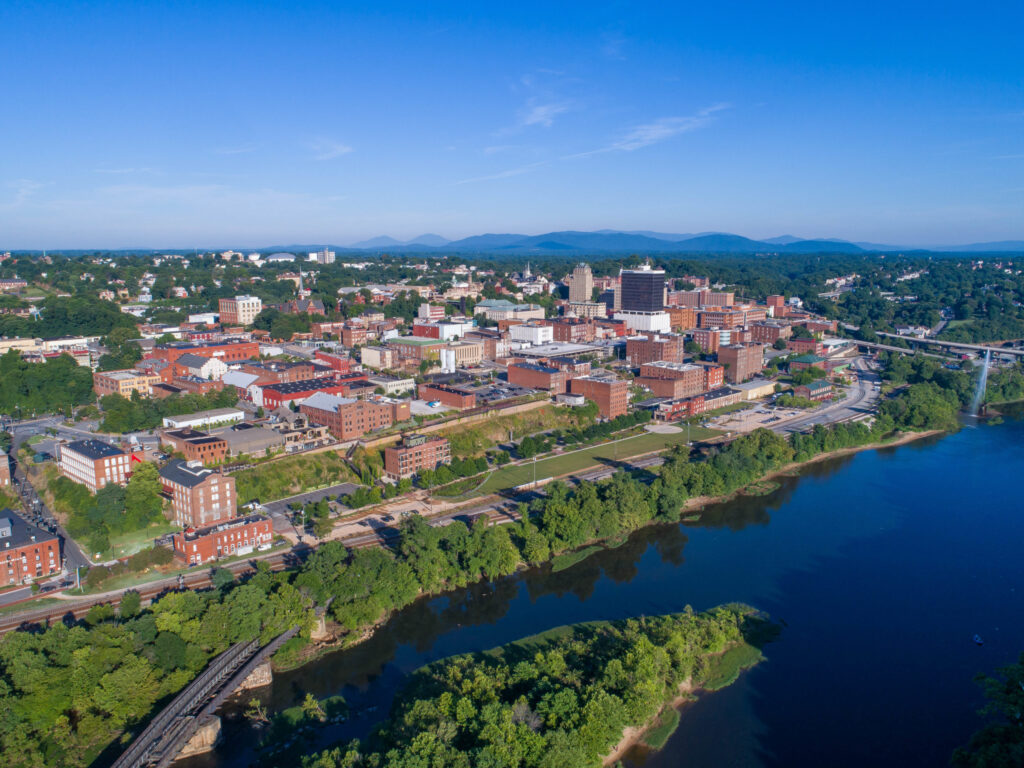
- Cost of living: 11.4% below U.S. average
- City population: 82,126
- Median household income: $42,389 (U.S.: $61,937)
- Median home value: $175,500 (U.S.: $229,700)
- Unemployment rate: 5.9% (U.S.: 8.4%)
Lynchburg sits in the foothills of the famed Blue Ridge Mountains and is home to Liberty University, the city’s largest employer. But a diversity of businesses and industries makes Lynchburg more than just a college town.
A comparatively resilient job market – the unemployment rate stands well below the national level – and a low cost of living help explain how Lynchburg has ranked near the top of Gallup’s well-being index.
The “City of Seven Hills” makes this list of cheapest U.S. cities to live in largely because its residents spend nearly a fifth less than the national average on housing costs. Groceries and transportation costs run about well below what the average American pays, too.
Temple, Texas
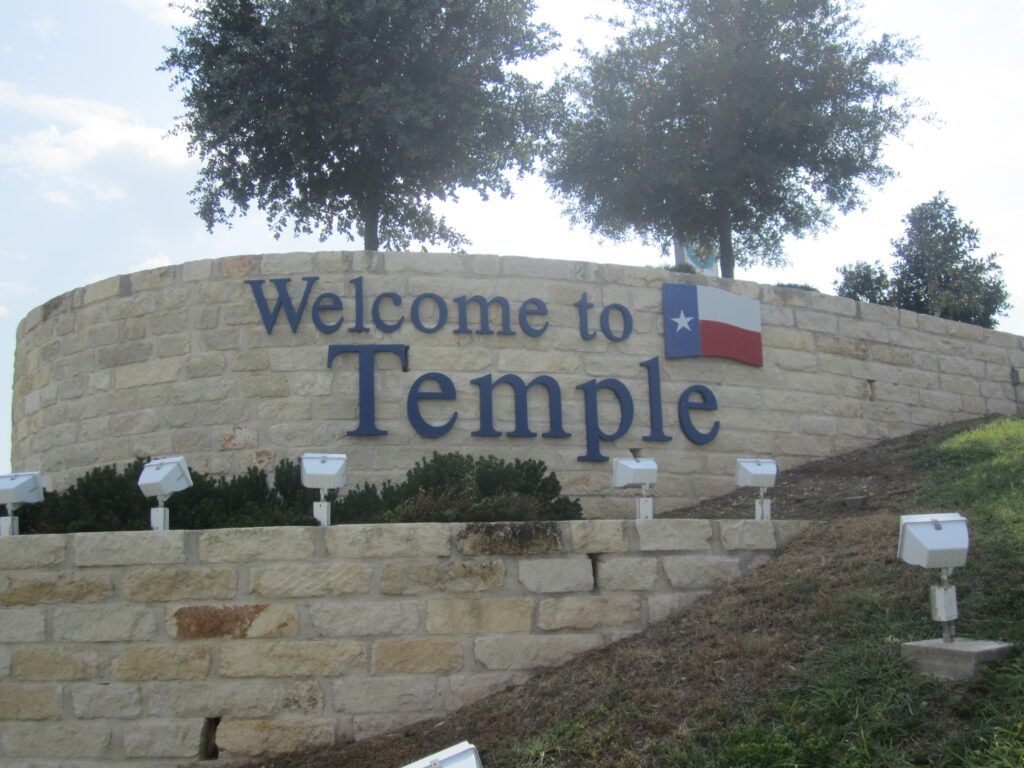
- Cost of living: 12.3% below U.S. average
- City population: 76,251
- Median household income: $54,028
- Median home value: $153,000
- Unemployment rate: 6.0%
Situated about 65 miles north of Austin, the Killeen-Temple metro area started out as a 19th century railroad town, but today it’s as modern as they come. The area is home to a major regional medical center, and its Central Texas location makes it an ideal base for distribution and logistics companies.
But whether you’re a doctor or truck driver, Temple won’t overburden your bank account. Overall, the cost of living is 12.3% cheaper than the national average. Although health care is about 16% more expensive in Temple, and utilities are pricier too, residents catch a break on a range of other costs. Housing costs are 25% below the national average, while groceries are generally around 22% cheaper than elsewhere, making it one of the cheapest U.S. cities you can live in.
Wichita Falls, Texas
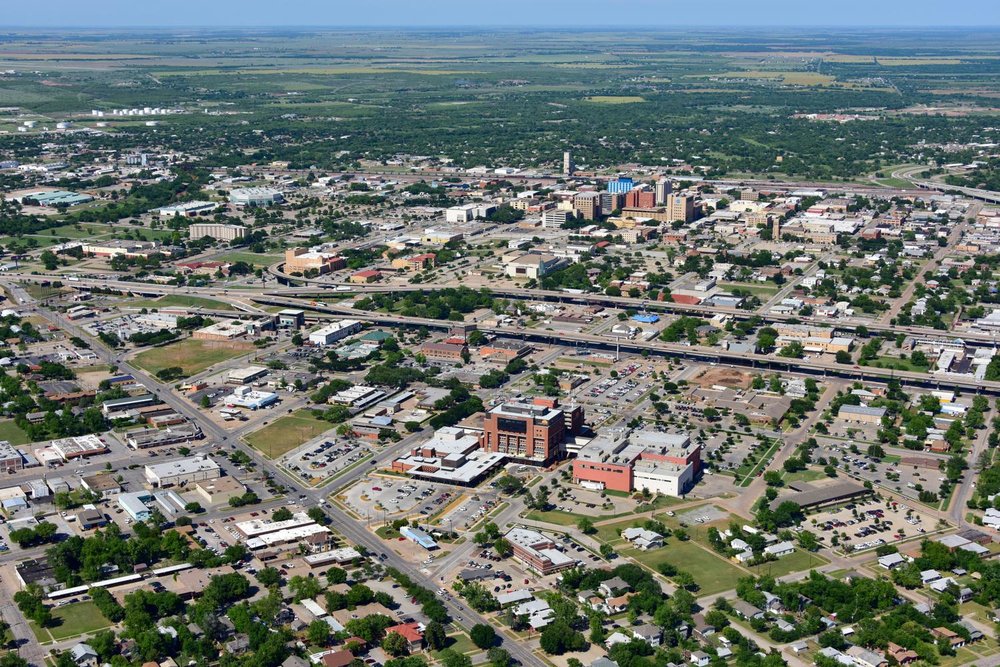
- Cost of living: 13.2% below U.S. average
- City population: 104,568
- Median household income: $47,195
- Median home value: $97,200
- Unemployment rate: 5.9%
The largest employer in Wichita Falls is the United States Air Force, with Sheppard Air Force Base located just a short drive from downtown. But this city situated 140 miles northwest of Dallas claims other distinctions, too.
Wichita Falls is home to the Professional Wrestling Hall of Fame & Museum, boasts the “world’s littlest skyscraper” and allows servicemen and civilians alike to really stretch their paychecks. Housing costs, for example, run more than 20% below the national average. Groceries, health care and transportation costs also are lower than the national average.
Just be forewarned that this North Texas city gets H-O-T in summer, with average highs of 97 degrees in July. Utilities tend to cost about 10% more than the national average.
Hattiesburg, Mississippi
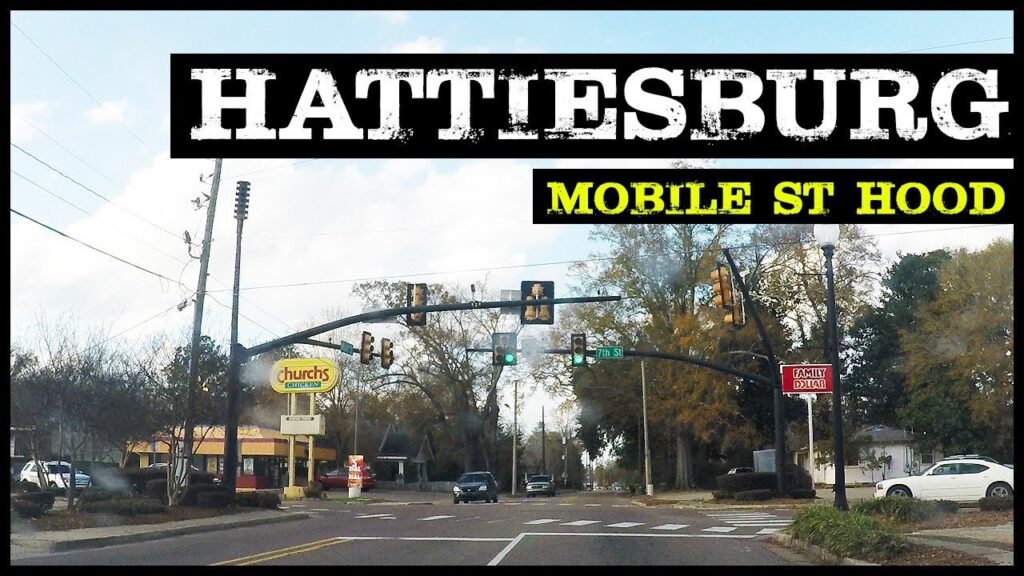
- Cost of living: 13.4% below U.S. average
- City population: 46,251
- Median household income: $33,792
- Median home value: $112,100
- Unemployment rate: 7.2%
Hattiesburg might be on the small side and it might be cheap, but it sure has a lot going on. It’s home to both the University of Southern Mississippi – Southern Miss to locals – and William Carey University, a Baptist liberal arts college. Camp Shelby, the largest National Guard training base east of the Mississippi River, is nearby. Hattiesburg is also home to the African American Military History Museum, as well as numerous other museums, galleries and theaters.
For outing, It’s a 90-minute drive from Hattiesburg to the beaches and casinos along Mississippi’s Gulf Coast.
At the same time, Hattiesburg, just 115 miles to the north of New Orleans, is one of the cheapest U.S. cities to live in. Whether you rent or own, housing expenses are a third lower than the national average. Utilities, transportation costs and health care are also bargains.
Texarkana, Texas
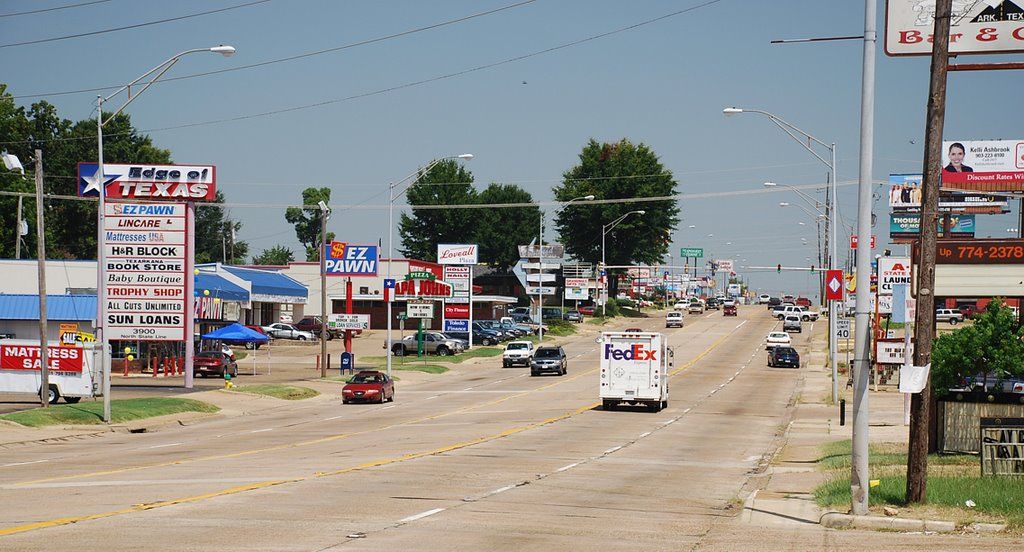
- Cost of living: 13.4% below U.S. average
- City population: 151,675
- Median household income: $45,212
- Median home value: $110,900
- Unemployment rate: 6.6%
The twin cities of Texarkana, Texas, and Texarkana, Ark., make up some of the most affordable real estate to live in the U.S., especially when it comes to some of life’s biggest expenses.
Housing-related costs are about a third below the U.S. average. Apartments rent, for example, averages $718 a month in this border city. Nationally, the average rent comes to $1,169. Grocery items, utilities, health care and transportation are all significantly cheaper, as well.
A trip to the doctor in Texarkana costs an average of $95, according to the Cost of Living Index. Nationally, a doctor’s visit costs $115.67. And a dozen eggs will go for $1.28 in Texarkana vs. a national average of $1.45.
Oklahoma City, Oklahoma
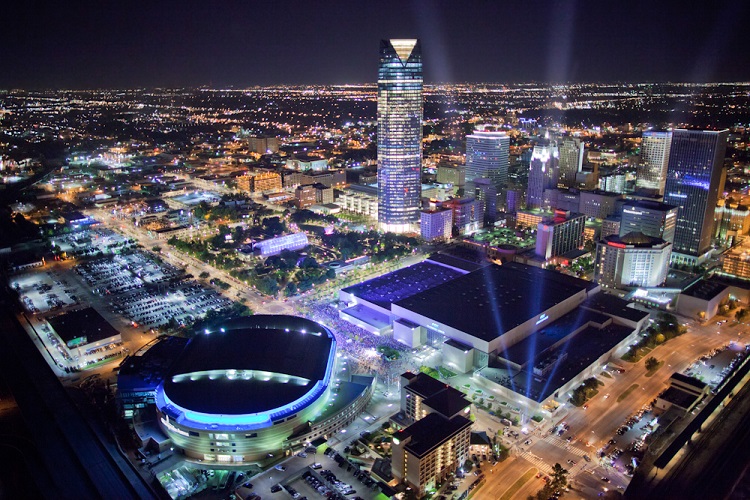
- Cost of living: 14.2% below U.S. average
- City population: 649,410
- Median household income: $53,973
- Median home value: $161,700
- Unemployment rate: 5.6%
The largest city in Oklahoma offers remarkably affordable prices for its size. The biggest reason: Housing costs run about 20% below the national average, according to the Cost of Living Index, which takes into account both home prices and apartment rents.
And, yet, as a metro area with 1.4 million people, Oklahoma City offers a lot of big-city attractions, from a philharmonic orchestra to the National Softball Hall of Fame and Museum. At the professional sports level, the NBA’s Oklahoma City Thunder is a regularly competitive team.
Seguin, Texas
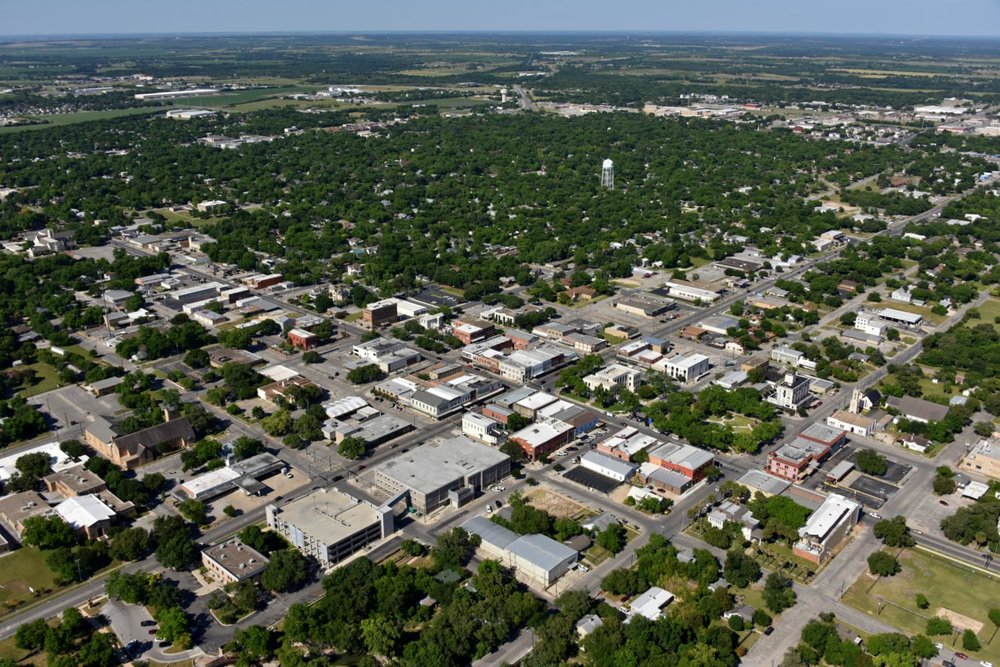
- Cost of living: 14.3% below U.S. average
- City population: 28,357
- Median household income: $48,782
- Median home value: $124,000
- Unemployment rate: 6.4%
Seguin, Texas, is a small town in the San Antonio-New Braunfels metro area, about 30 miles from downtown San Antonio. Although the Texas town is quite small with a population of less than 30,000, it’s well situated to take advantage of any big-city benefits. After all, the San Antonio metro area has a population of more than 2.5 million.
That’s not to say that tiny Seguin is without its own charms. Max Starcke Park comprises 227 acres located along the scenic Guadalupe River. The city is also home to the world’s oldest and largest pecan statue and a nutcracker museum.
Housing costs are about 18% lower than the national average in Seguin. Low costs on health care, groceries, transportation, utilities and miscellaneous expenses also contribute to Seguin’s ranking among the 25 cheapest cities in America.
Florence, Alabama

- Cost of living: 14.7% below U.S. average
- City population: 40,104
- Median household income: $38,902
- Median home value: $134,500
- Unemployment rate: 5.4%
The city of Florence, the birthplace of Helen Keller, sits in the northwest corner of Alabama on the Tennessee River, about a two-hour drive from Birmingham.
Florence – as well as the surrounding area, known as The Shoals – boast a number of other attractions. The nearby Muscle Shoals Sound Studio has a rich history; it’s where The Rolling Stones recorded the hit songs “Wild Horses” and “Brown Sugar.” Florence claims Alabama’s only house designed by legendary architect Frank Lloyd Wright. The city also hosts the University of North Alabama.
Happily for residents of Florence, the city’s distinctive sites and southern charm come at a reasonable price. Housing-related expenses are 35% less than what the average American pays. For example, the average apartment rents for $574, which is about half the national average. Health care costs about 25% less in Florence.
All other major expenses tracked by the Cost of Living Index likewise take a smaller bite of folks’ paychecks, putting Florence in the middle of the pack of the 25 cheapest U.S. cities to live in.
Tulsa, Oklahoma

- Cost of living: 15.6% below U.S. average
- City population: 402,223
- Median household income: $46,113
- Median home value: $133,900
- Unemployment rate: 6.1%
This Oklahoma city traces its roots back to the Western expansion, first as a cattle town and later as the “Oil Capital of the World.”
The Gilcrease Museum, which specializes in exhibits about the American West, offers free admission for kids under 18, active-duty military and veterans and K-12 Oklahoma teachers.
Another must-see is the 1920s villa that is home to the Philbrook Museum of Art. Construction of the opulent Italian renaissance building was financed by the oil boom. There’s no charge to visit on the second Saturday of each month.
Housing costs are a whopping 39% below the national average, while groceries, health care, transportation, utilities and miscellaneous expenses are all below-average too.
Jackson, Tennessee
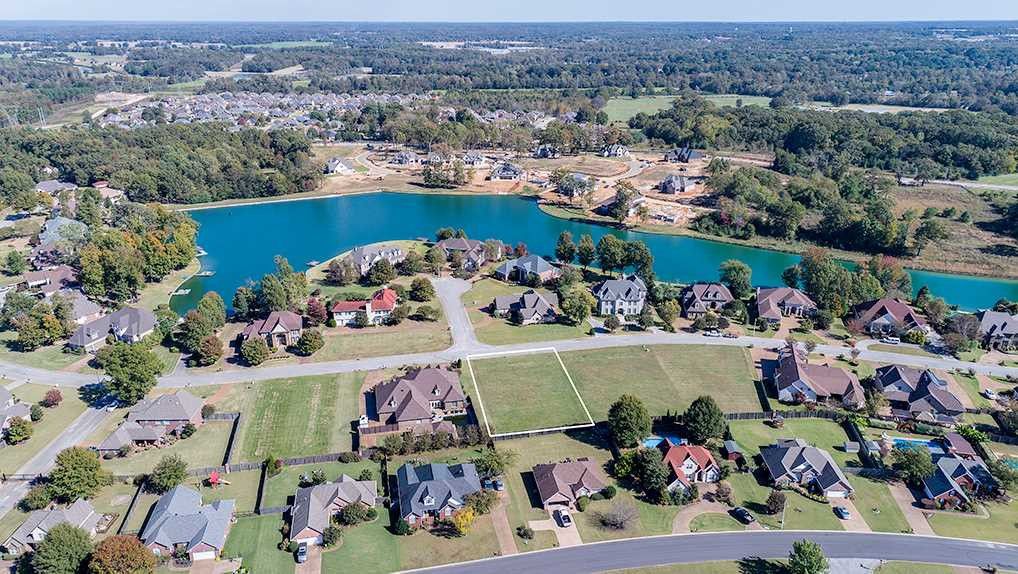
- Cost of living: 15.6% below U.S. average
- City population: 66,900
- Median household income: $38,973
- Median home value: $126,200
- Unemployment rate: 8.3%
Jackson, Tennessee, and surrounding Madison County are located 90 miles northeast of Memphis, which, as we’ll see, is also among the least expensive cities in the U.S.
Jackson serves as a regional center of trade for west Tennessee. Some of the area’s largest employers include Kellogg, Stanley Black & Decker and Toyota. The city doesn’t lack for leisure activities either. The Ned R. McWherter West Tennessee Cultural Arts Center, the West Tennessee Healthcare Sportsplex and the International Rock-A-Billy Hall of Fame Museum are just three of the city’s main attractions.
And it all comes in an affordable package. The overall cost of living is 15.6% less than the national average, led by particularly low health care and housing expenses.
Anniston, Alabama
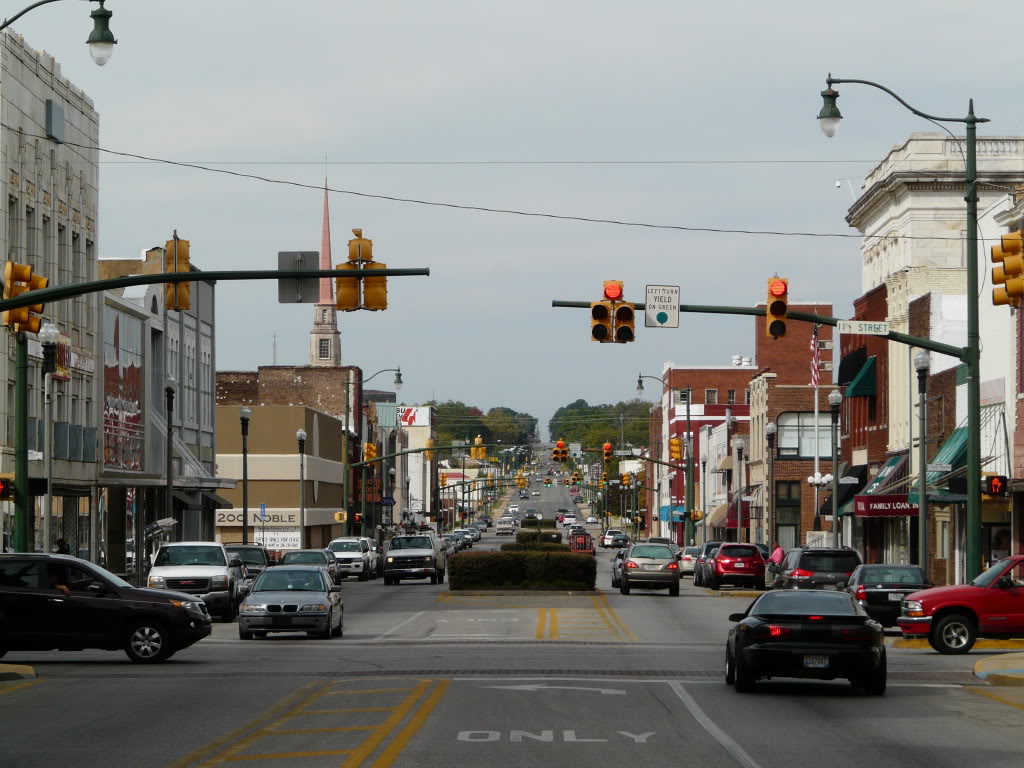
- Cost of living: 16.4% below U.S. average
- City population: 21,924
- Median household income: $33,688
- Median home value: $96,900
- Unemployment rate: 6.5%
About an hour’s drive east from Birmingham sits Anniston. The city’s proximity to the Mountain Longleaf National Wildlife Refuge makes it a good jumping off point for hikers, mountain bikers and other outdoorsy types. The city also has its quirks. It’s home to the world’s largest office chair – a 33-foot-tall seat that was once recognized by Guinness World Records.
Anniston’s low cost of living puts it among the 10 cheapest U.S. cities to live in, but it comes alongside a low median income that’s roughly 26% below the national average. That said, household incomes and home values are higher in other parts of Calhoun County, of which Anniston is the county seat.
Although the economic picture could be brighter, Anniston has its charms, including architectural gems such as Victorian homes and historic churches.
Fayetteville, Arkansas
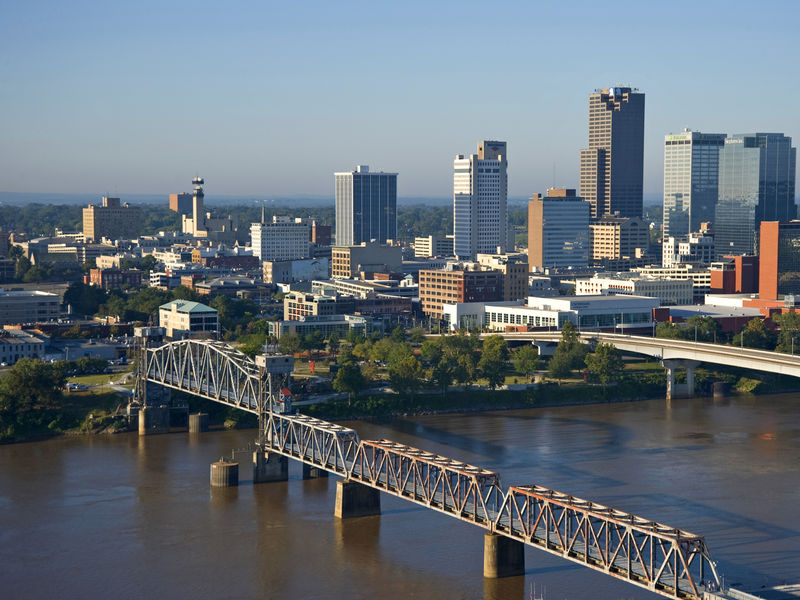
- Cost of living: 16.9% below U.S. average
- City population: 86,765
- Median household income: $41,890
- Median home value: $226,000
- Unemployment rate: 5.7%
Life is good, and affordable, in the Fayetteville metro area. This area, set deep within the Ozarks, frequently appears on lists of the best places to live in the U.S.
Fayetteville benefits from being the home of the gargantuan University of Arkansas, and it also doesn’t hurt that Walmart , the world’s largest retailer, is headquartered in nearby Bentonville. Those institutions, among others, help fuel a fast-growing metro area and low unemployment.
And yet Fayetteville remains relatively cheap for students and civilians, alike. Housing-related costs still run close to 30% below the national average. Health care, groceries and transportation costs are all significantly less expensive, too.
Conway, Arkansas
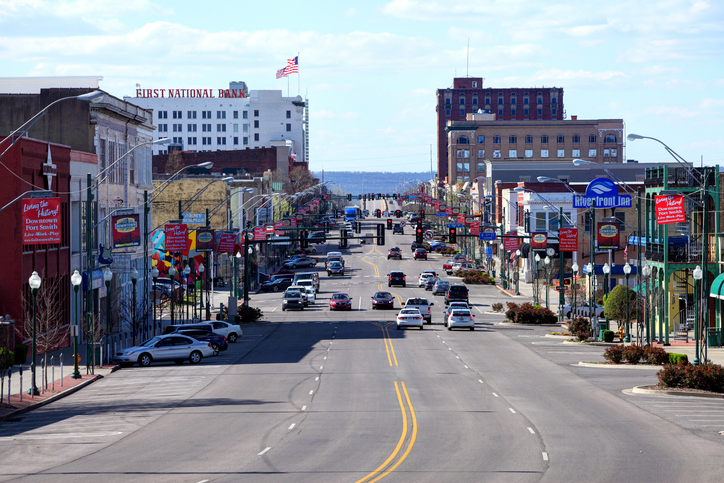
- Cost of living: 17% below U.S. average
- City population: 66,421
- Median household income: $44,569
- Median home value: $179,100
- Unemployment rate: 8.4%
Conway is home to a number of high-tech companies, such as digital marketing firm Acxiom, and post-secondary educational institutions, including the University of Central Arkansas. Close proximity to the Arkansas River and Lake Conway makes the city ideal for fishing and water sports, and there’s ample space for hunting. Yet you can drive to the state capital of Little Rock in a half-hour or so.
While Conway’s median home value is the second-highest among the 25 cheapest U.S. cities to live in, the figure is still below the U.S. median, and housing-related expenses, including utilities, are modest. Relatively low costs for health care also contribute to Conway’s affordability.
Memphis, Tennessee
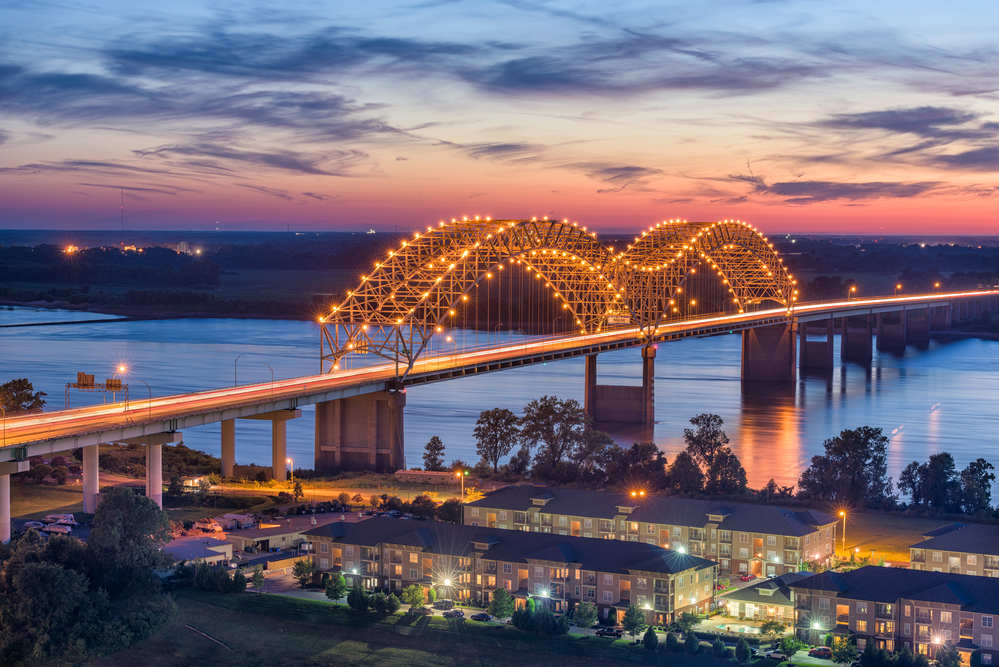
- Cost of living: 17.3% below U.S. average
- City population: 650,632
- Median household income: $37,199
- Median home value: $103,700
- Unemployment rate: 11.9%
To say that real estate is cheap in Memphis is an understatement. Average home prices come to about $261,000 – an amount that would elicit screams from people who live in the most expensive U.S. cities. Renters benefit, too. A typical apartment in Memphis rents for about $350 a month less than the national average.
The pandemic recession has clobbered the local economy, but there’s good work if you can get it. Proximity to the mighty Mississippi River makes Memphis a hub for the shipping and transportation industries. Three Fortune 500 companies – FedEx. International Paper and AutoZone – call the city home.
You’ll also find numerous colleges and universities, an NBA franchise, mouthwatering ribs and, of course, Graceland.
Amarillo, Texas
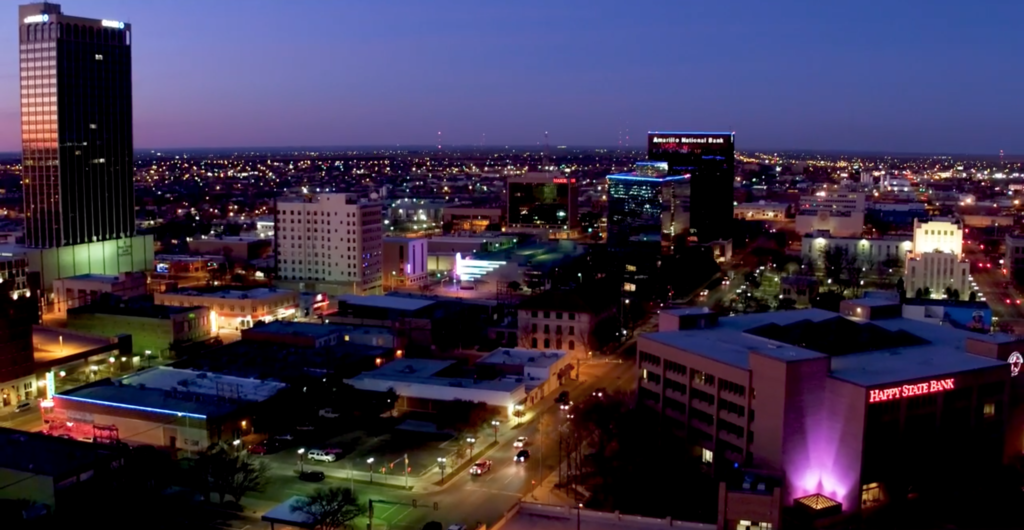
- Cost of living: 18.6% below U.S. average
- City population: 200,800
- Median household income: $50,234
- Median home value: $137,600
- Unemployment rate: 4.2%
Amarilloans are known for their love of high-school football, hot sauce and thick steaks. They also enjoy savings on a wide range of goods and services. Toothpaste, for example, is roughly 25% less expensive in the city known as “The Yellow Rose of Texas.” A trip to the veterinarian is about 13% below the national average. Need to get your eyes checked? An appointment with an optometrist costs 34% less than what the average American pays.
But the biggest way folks in this part of the Texas Panhandle save money is by what they spend on housing. Residents spend almost 40% less on housing-related costs vs. the national average.
The city’s economy has held up pretty well in the recession, too. The unemployment rate of 4.2% is well below the national figure of 8.4%
Joplin, Missouri

- Cost of living: 19.6% below U.S. average
- City population: 50,073
- Median household income: $42,782
- Median home value: $123,700
- Unemployment rate: 6.4%
It used to be that Joplin, at least to outsiders, was probably best known as a place where Depression-era bank robbers Bonnie and Clyde hid out for a time. Today, sadly, Joplin is perhaps better known for tornados, such as the deadly storm that destroyed about 30% of the city in 2011.
The area is on the mend, however, helped by its status as a regional medical center. Its two major hospitals serve a four-state area that includes Kansas, Oklahoma and Arkansas. Housing-related costs are about 45% below the national average, and a large reason why Joplin’s among the five cheapest U.S. cities to live in. Groceries, health care and transportation costs are comparatively low, as well.
Kalamazoo, Michigan
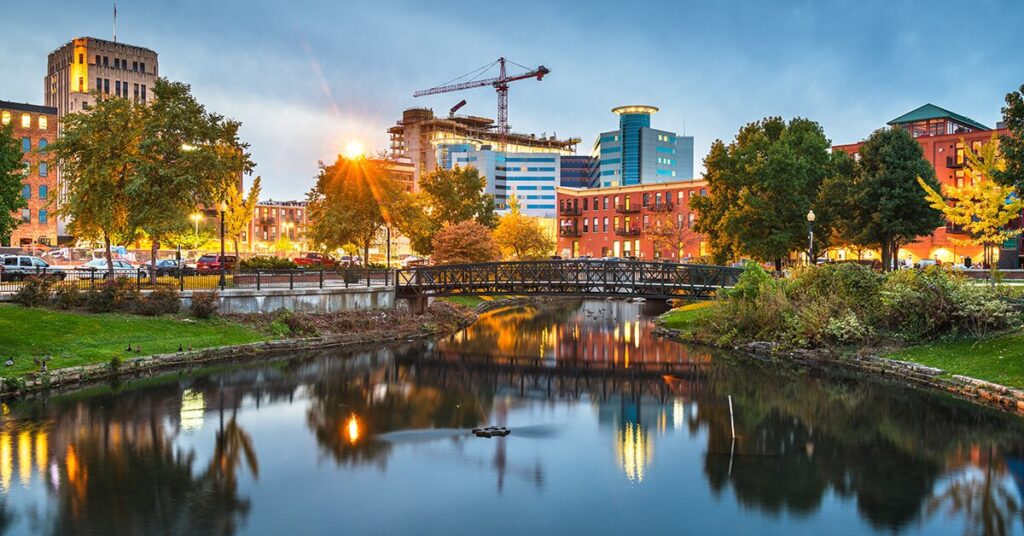
- Cost of living: 21.6% below U.S. average
- City population: 76,557
- Median household income: $42,759
- Median home value: $111,800
- Unemployment rate: 7.9%
It’s cheap to live in the Kalamazoo metro area – and that’s a necessity for many residents. Almost than 30% of the city’s population lives below the poverty line. (At the metro level, which includes Portage, Michigan, the figure comes to 15%.) The U.S. poverty rate is 10.5%.
Western Michigan University, with its multiple campuses and research facilities, is a major driver of the local economy. Pfizer the drug company, has a sizable operation in Kalamazoo, and medical equipment maker Stryker is headquartered in the city.
As for recreational activities, the Kalamazoo Nature Center hosts free daily activities. Nearby parks offer a combined 140 miles of trails and three swimming beaches. If you want to get away to the big city, Chicago is less than three hours by car if traffic is merciful.
Harlingen, Texas
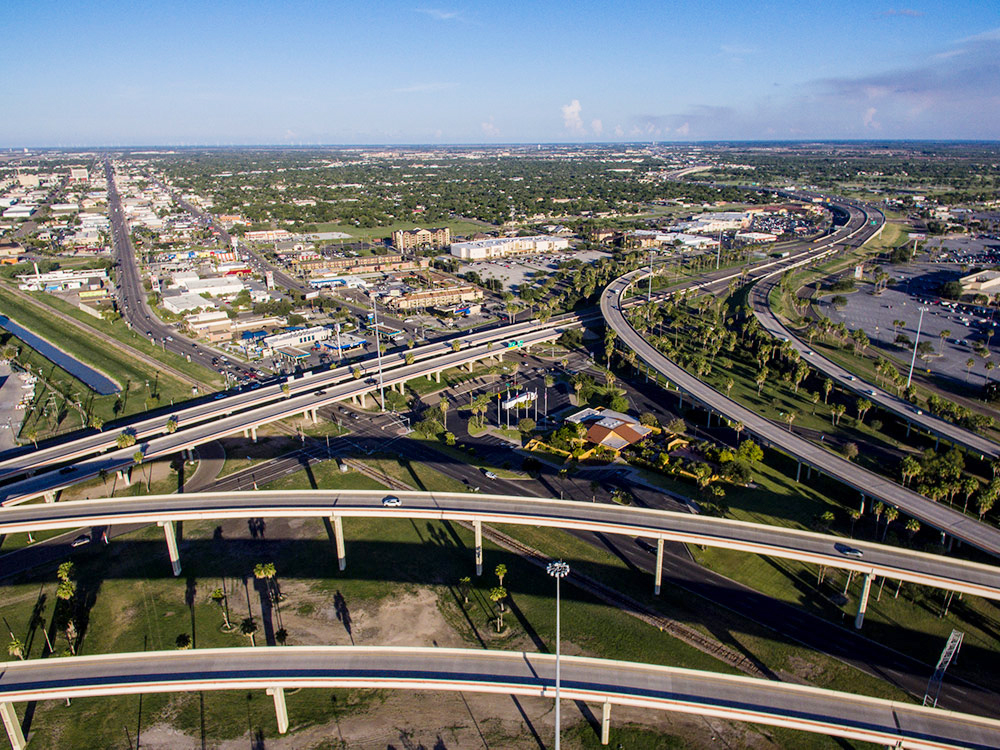
- Cost of living: 24.4% below U.S. average
- City population: 65,434
- Median household income: $40,859
- Median home value: $83,300
- Unemployment rate: 9.0%
Harlingen sits on the southernmost tip of Texas, with the Rio Grande to the south and the Gulf of Mexico to the east. The Brownsville-Harlingen metro area is a hardscrabble place where 28% of residents live below the poverty line. That’s about twice the poverty rate for Texas as a whole.
However, just about everything, from groceries to gasoline, costs less in Harlingen. A good cut of steak costs about half of the national average (this is Texas, after all). The median home value in Harlingen is a striking $150,000 less than the U.S. median.
In addition to its proximity to Mexico, Harlingen is about an hour’s drive to the beaches of South Padre Island.
McAllen, Texas
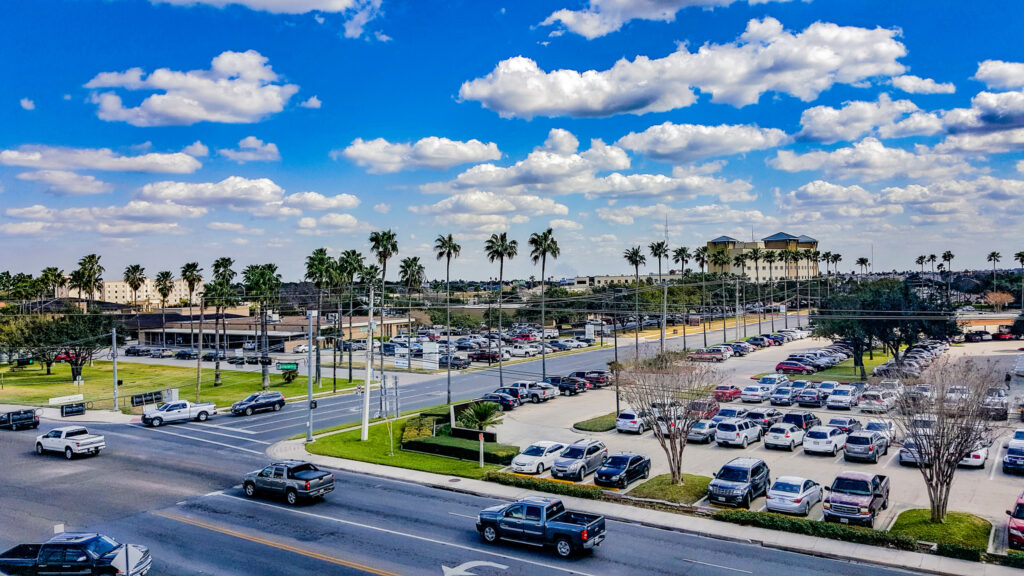
- Cost of living: 24.8% below U.S. average
- City population: 143,429
- Median household income: $45,495
- Median home value: $130,900
- Unemployment rate: 10.4%
South Texas border towns are known for low costs of living, but not always for happy reasons.
McAllen, which is about 30 miles west of Harlingen on the Rio Grande, may be a cheap place to live, but it comes at a price. The poverty rate in the McAllen-Edinburg-Mission metro area is 30.5%. The Mexican city of Reynosa, directly across the border, has been the scene of violence between drug gangs and Mexican security forces.
On the plus side, McAllen is famous for bird watching because of its location on a major migration route. The Quinta Mazatlan, a luxury birdhouse with more than 15 acres of birding habitat, is not to be missed.
The city also features the International Museum of Art & Science, which has a specific focus on Latin American art.
And McAllen isn’t just affordable – it’s the cheapest American city to live in, according to the Cost of Living Index. Housing costs are 45% lower the national average, while health care is 70% less. One of the only things you’ll pay a little extra for is utilities, which isn’t surprising given that temperatures average in the high 90s during the summer months.
Financial and Business expert having 30+ Years of vast experience in running successful businesses and managing finance.





